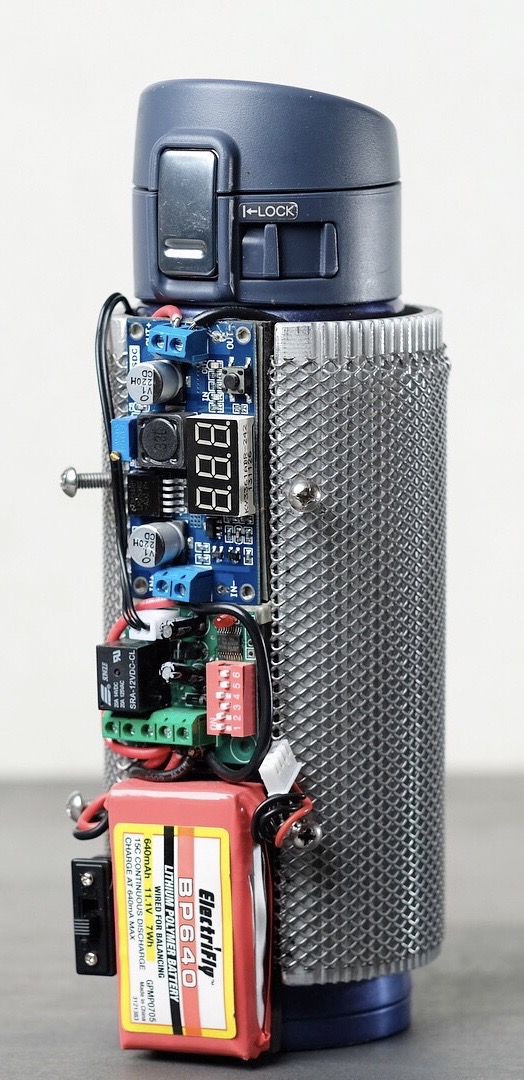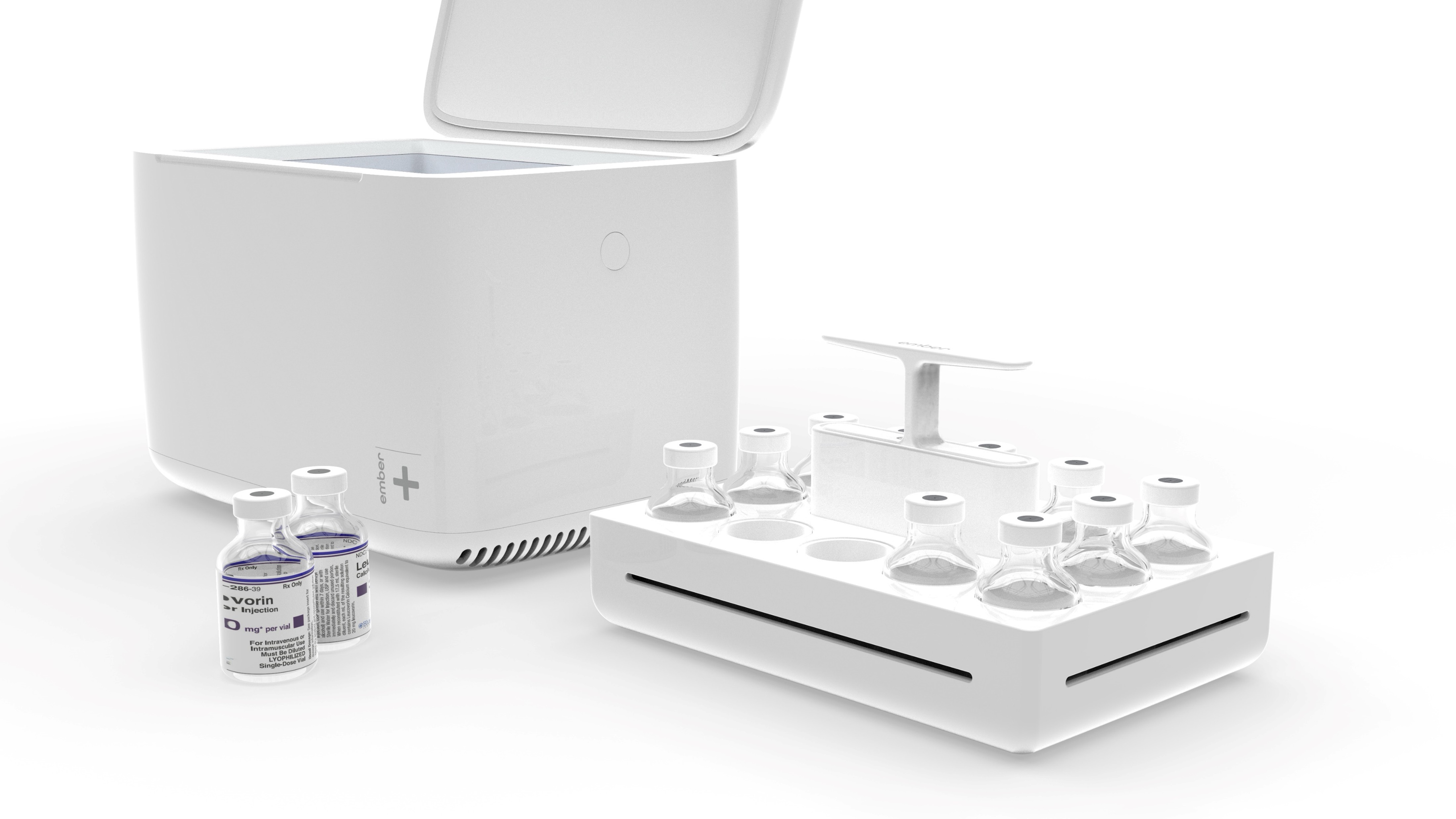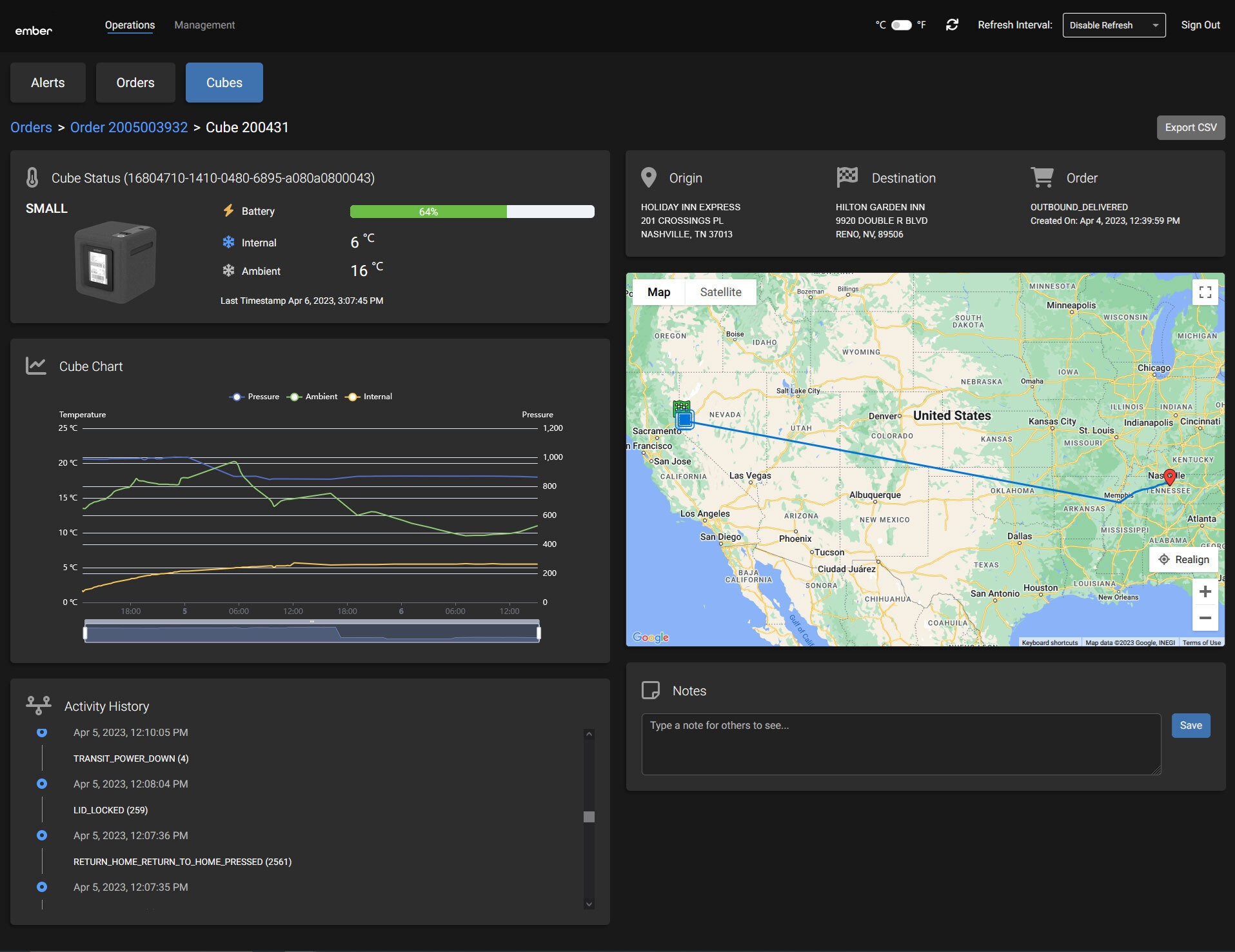
Ember’s initial Indiegogo campaign in 2015 raised eyebrows with its $129 heated coffee mug. But today, the company has expanded far beyond coffee with its heating and cooling technologies.
TechCrunch recently interviewed Clay Alexander, Ember's founder and chairman, to delve into the company's history and future endeavors.
“We’re well over 3 million units [of the smart mug] at this point,” Alexander tells TechCrunch. “We’re nearing a million units a year now. When I first created this technology, I had so many people in my life say, ‘oh Clay, you’ll never sell a $100 electronic coffee mug. You’ve lost your mind.’ As a founder, you just have to have perseverance, and you have to have this gut instinct that overpowers logic.”

Aside from its popular smart mug, Ember has ventured into the medical sector with the Ember Cube, a temperature-controlled shipping box primarily for medicines. The company now also manufactures heated baby bottles.
Ember is in the baby bottle business now
“Cooling is much harder than heating,” says Alexander. “People don’t realize that you’re not pumping cold energy into a fridge — you’re actually pulling heat energy out of the box.”
Beginnings
Ember's journey began with founder Clay Alexander's frustration over lukewarm coffee. Overcoming challenges in product development, manufacturing, and IP protection, the team eventually launched a sleek, app-controlled mug that garnered support on Indiegogo.
Ember just raised $13 million for its popular, temperature-controlled mugs
Ember's focus on balancing form and function led to a minimalist design with wireless charging and customizable temperature settings.
Bringing the product to market required significant upfront investment and navigating complex IP protection.
Across the sea
Expanding internationally, Ember faced challenges in regulatory compliance, securing manufacturing partners, and adapting to local markets.
When Apple approached Ember for global distribution, the team faced a transformative yet arduous journey to expand their reach.
Starbucks starts selling Ember mugs, which keep your drink at a steady temp for hours
With Ember Cube, Ember tackles the challenge of temperature-controlled medical shipping, aiding in the safe and efficient distribution of sensitive medications worldwide.

Going from hot to cold
Ember's technological expertise led to the development of Ember Cube, ensuring precise temperature control for life-saving medications and vaccines.

By branching into life sciences, Ember aims to leverage its technology for impactful solutions in healthcare, such as improving access to critical treatments and reducing distribution costs.
Spinning out
Ember's division into consumer and life sciences allows focused innovation in each sector, attracting specialized investors and partners to drive growth.
Ember expands into cold chain medical shipping with new device, Cardinal Health partnership
The split enables Ember to serve distinct customer needs and accelerate advancements in temperature-controlled technologies for various applications.
From cool to very cold indeed
Ember's future endeavors include cryogenic shipping for cell and gene therapy, utilizing liquid nitrogen to maintain temperatures as low as -150C for extended durations.
The technology aims to revolutionize medical transportation, ensuring the integrity of sensitive products and potentially saving lives.






